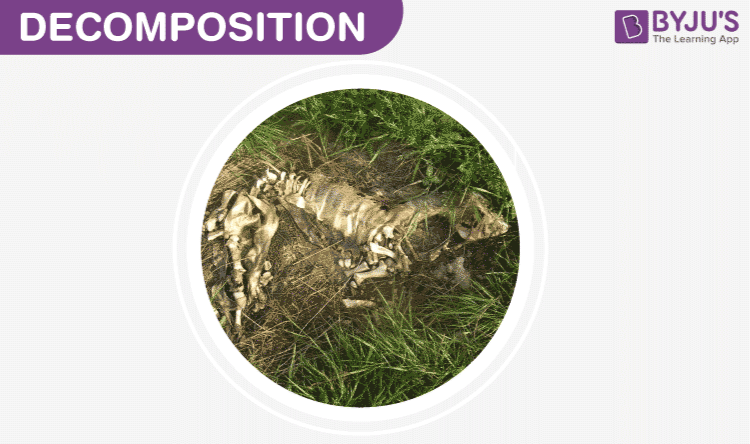
Introduction
From the very moment, the human race clawed their way to the top of the food chain. Human beings indiscriminately took whatever they needed from the ones who lost out in the same race (the producers and the rest of the consumers). This has led to a drastic imbalance in the way resources are distributed, not just among all the species in the world, but also among our race. One-half of the world has more money and food than they need what to do with and the other half starves. We as a race are an arrogant one, but over the years, it has noticed certain issues that have cropped up. The waste produced in such huge numbers is one of them. That’s where decomposition plays a role.
Table of Contents
- What is Decomposition?
- Types of Decomposition
- Chemical Decomposition
- Reaction Formula
- Classification of wastes
What is Decomposition?
When a plant, animal or insect dies it breaks into tiny pieces and eventually, these small pieces become part of the soil. This process is known as decomposition. It is the process where organic substances break down into simpler matter. bodies of any living organism start decomposing shortly after their death. Animals such as worms help in decomposing the organic matter.
Types of Decomposition
Decomposition can be differentiated into two types: abiotic decomposition and biotic decomposition.
-
Abiotic Decomposition:
In this type of decomposition, the degradation of the substance is done by physical or chemical processes.
Example: Hydrolysis -
Biotic Decomposition:
In this type of decomposition, there is a metabolic breakdown of substances into simpler components by living organisms.
Example: Rotting of fruits
Chemical Decomposition
Chemical decomposition is the separation or breakdown of a single chemical compound into simpler compounds or its elemental parts. It can be defined as the exact opposite of chemical synthesis.
Reaction Formula
The generalized reaction for a chemical decomposition in the breakdown of a compound into its simpler parts is:
AB → A + B
Example:
Electrolysis of water into oxygen and hydrogen:
2 H2O(I) → 2 H2 + O2
When heated carbonates decompose:
H2CO3 → H2O + CO2
Chemical decomposition of calcium carbonate:
CaCO3 → CaO + CO2
Decomposition of metal chlorates when heated:
2 MClO3 → 2 MCl+ 3 O2
Classification of Wastes
The substance that should be disposed of or the waste that we produce can be separated into two categories: Biodegradable and Non-Biodegradable. Biodegradable is easy to decompose but non-biodegradable is a lot more difficult. The decomposers are bacteria, fungi, and some worms which break down dead plants, animals, and insects. A dead body is actually part of its own ecosystem. Decomposition starts minutes after the death of a living organism, with a process named autolysis, or self-digestion.
During the early stages of decomposition, bacteria acts on it, that live in and on the dead body. Under the right conditions, an actively decaying body will have a large number of maggots feeding on it, helping the process of decomposition. Vultures and other scavengers might also take part in this process. The tiny pieces left over after decomposition become part of the soil. Living plants take what they need from this to grow and are called nutrients. Living plants produce their own food with the help of nutrients.

Comments